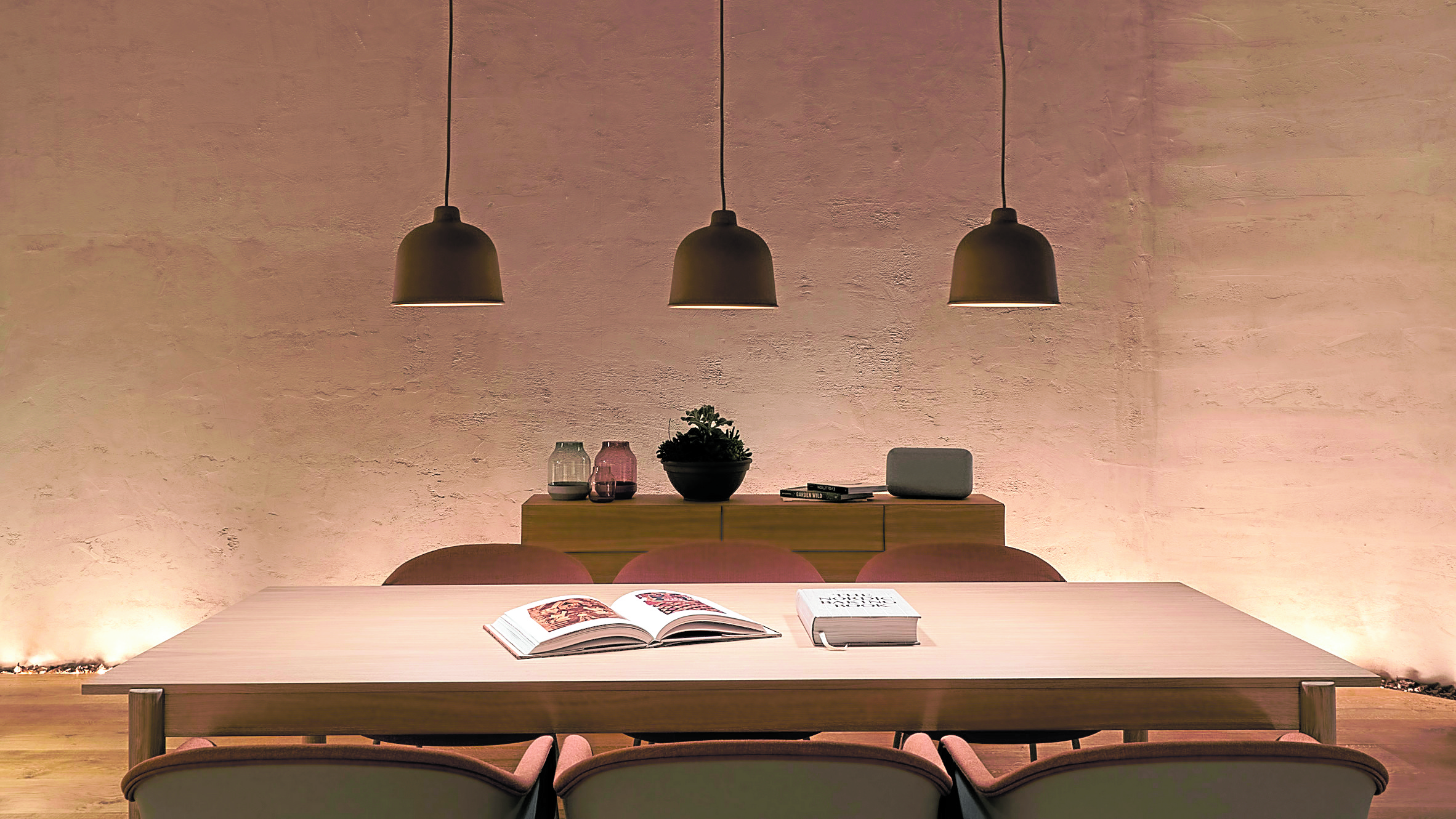
Indirect lights and a warm palette create coziness to this space, a cocoon of warmth and softness.
PHOTOS COURTESY OF JOHN HOPKINS AND GOOGLE
What makes something beautiful? Does it create stirrings inside? What do you perceive as beautiful? Is there an absolute science behind beauty? Or is beauty truly in the eye of the beholder? The great Irish polymath, Edmund Burke, described beauty “for the greater part, some quality in bodies acting mechanically upon the human mind through the intervention of the senses.”
Neuroaesthetics is a fast growing branch of neurology that studies how beauty or aesthetics could impact the brain and our behavior. It has lately been receiving a surge of attention and recognition as people are becoming increasingly aware of their need for an overall state of well-being on top of the aesthetic enjoyment of their surroundings.
As the desire for “spaces for thriving” is seriously considered in the design of human spaces, neuroaesthetics gives us the chance to identify how our design constructs affect our emotions, moods, biology and physical states. With neuroaesthetics, we can gain some insight on the effect of sensory stimuli on an individual. The enjoyment of those stimuli goes much deeper into the physiological level of each person and determines how we will respond to our world: our relationships, outlook and our health.
Semir Zeki, a British neurobiologist who specializes in studying primates’ visual brains and the sensory inputs from their environments, was the first to coin the term “neuroaesthetics.” He defines it as “a branch of neurobiology that explores beauty, and other beautiful experiences such as love and desire.” “What are the neuro-mechanisms that are engaged when you experience beauty?” is the question that the study of neuroaesthetics seeks to answer, according to Zeki.
Splashes of color signal play and stimulation in a background that reminds me of dusk. The added textures from the plants break geometric lines.
How does the measure of beauty contribute to the betterment of the human experience?
For the 2019 Milan Design Week, tech-giant Google partnered with scientists from the International Arts + Mind Lab at the Johns Hopkins University, Brain Science Institute, for an experiment called “A Space for Being.”
In this experiment, three rooms were designed with three distinct characters, each meant to create a unique environment and visual, auditory and olfactory experience for the guests. Varying scents, an assortment of textures, mood lighting, diverse color palettes, artwork and furnishing were designed to stimulate the senses and create a different effect on every individual who walked in. Prior to entering the rooms, each guest was fitted a wrist band with sensors that would recognize brain activity and measure its impact on the person’s positive or negative well-being.
The end report given to the participants was a distinct representation of their emotions: a sheet of paper with watercolor markings on the areas they visited, blue signifying when the visitor was at ease, and pink for when the visitor was stimulated or excited by something.
“Design affects everything,” declared Ivy Ross, Google’s vice president for hardware design.
And we couldn’t agree more. The success of these methods that measure the impact of aesthetics proves that design indeed influences the way we feel and can help us discern the type of aesthetics to create. But is there a universally accepted definition of beauty? And a qualitative measure of the positive impact it makes on a person? That’s the more difficult question to answer.
In man’s exploration and study of aesthetics through many hundreds, and even thousands of years, dissecting the iterations of beauty and stimulation—whether it be the arts, architecture, dance, music, poetry and even mathematics—have taught us that there is no organizing mechanism nor universally accepted measure for beauty.
As the experiment “A Space for Being” concluded, beauty is experienced in many ways by different people. It is processed and understood by the brain in complexities that we are only beginning to understand, Cultural, geographical, political, socio-cultural and historical influences have made the identification of beauty a complicated matter. What neuroaesthetics can help with, however, is to recognize and understand each individual’s perception and acceptance of beauty, so that aesthetics can somewhat be classified for its effects on different persons or populations.
As neuroaesthetics has only began easing its way into the design world, we still need to be sensitive to that immediate feedback loop of the impressions a space makes upon us. And while we search for the scientifically measurable definitions of beauty, may we continue the conversations on its many iterations, for it is in this diversity that our built environment is made stimulating and awe-inspiring. Thus, may we all be well.